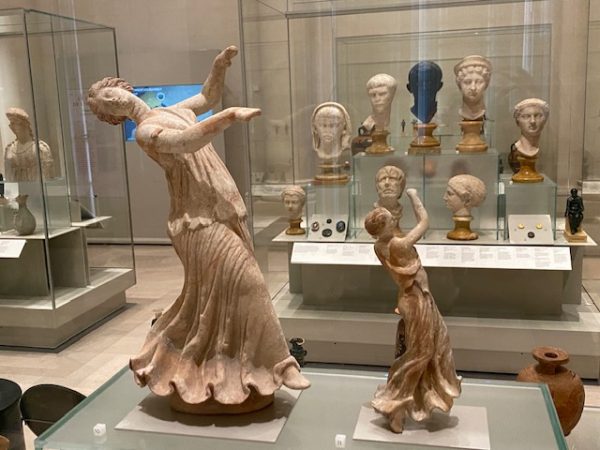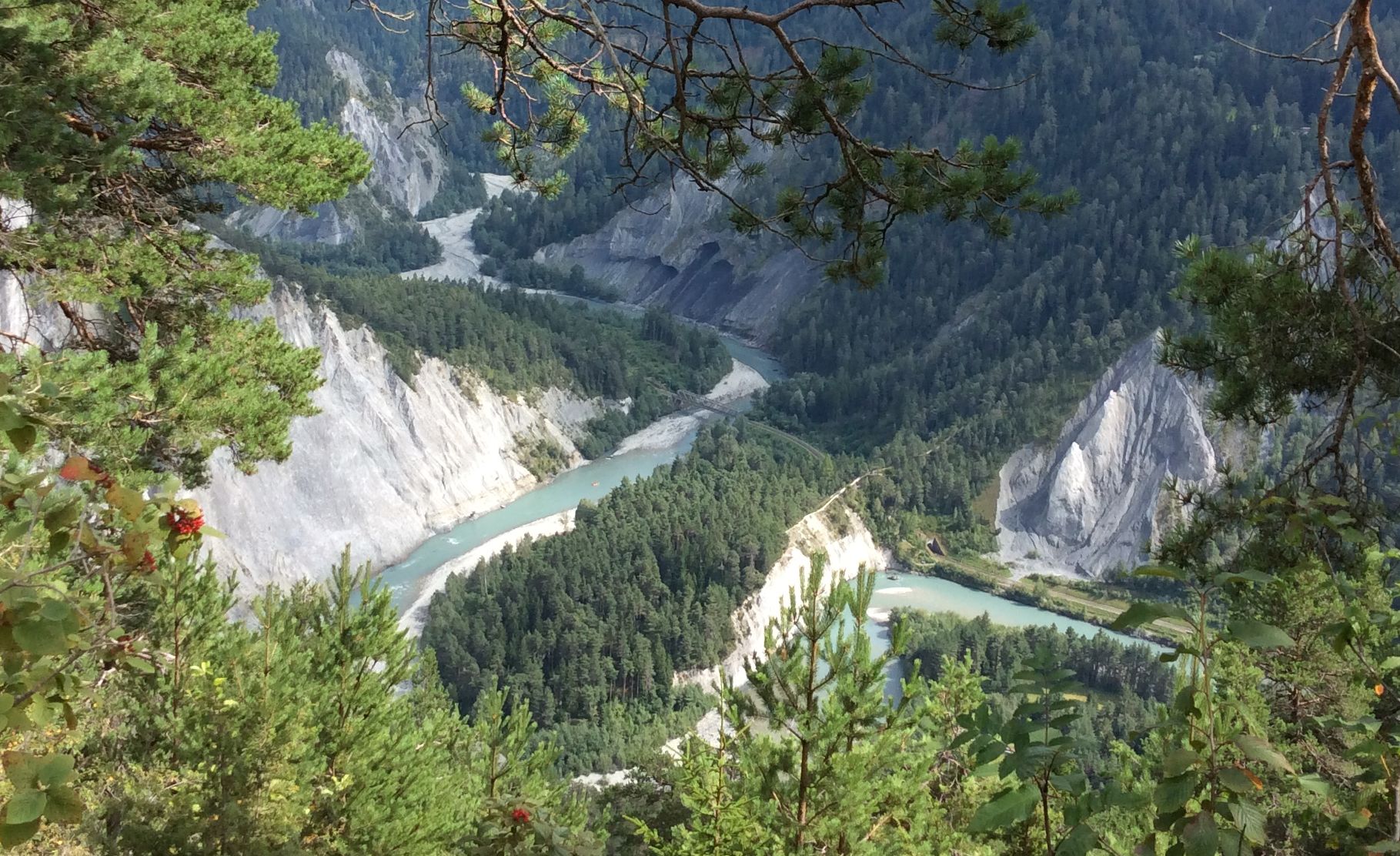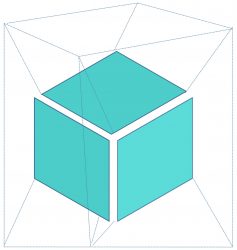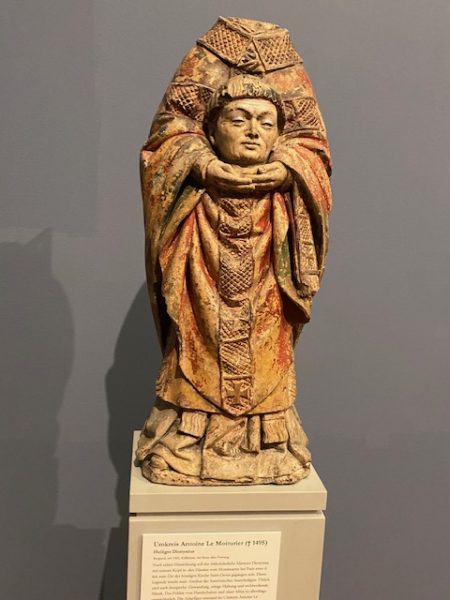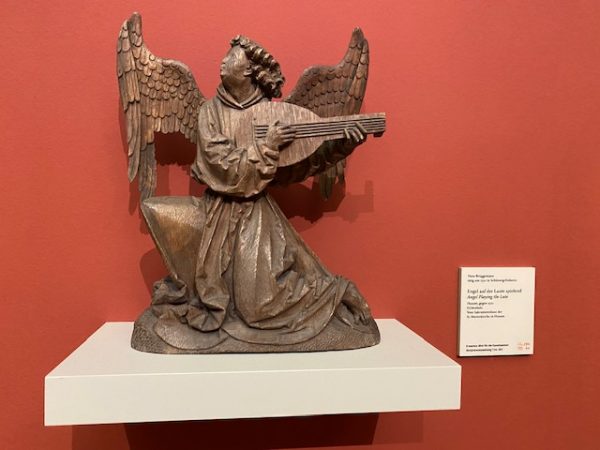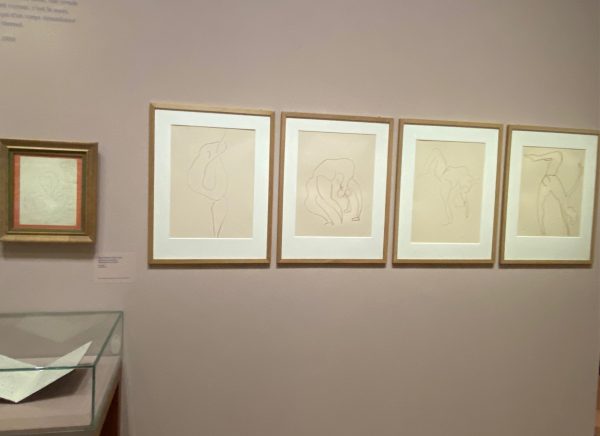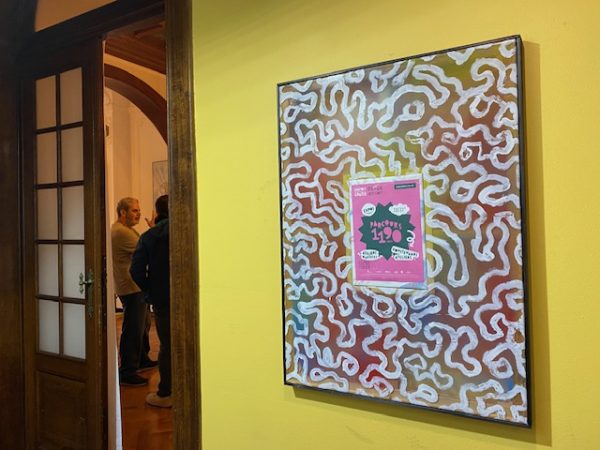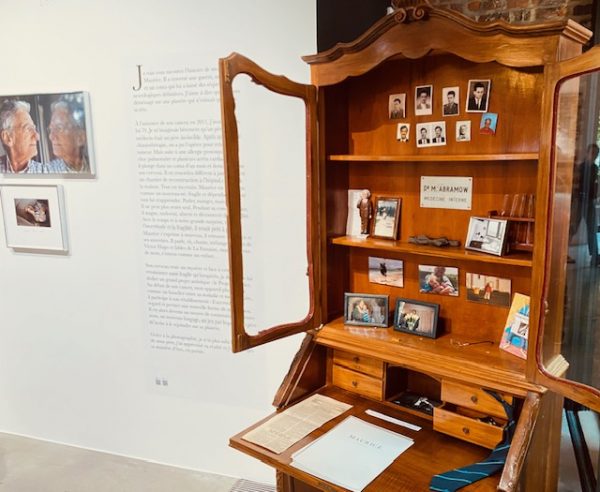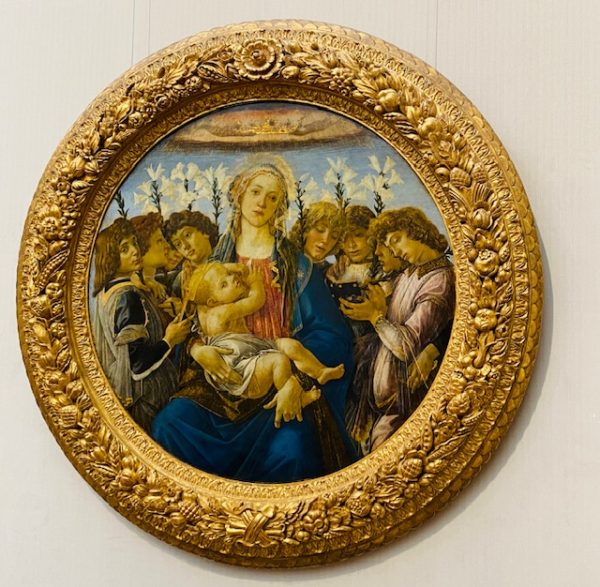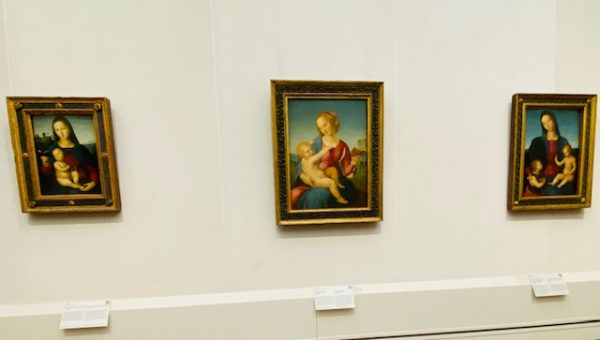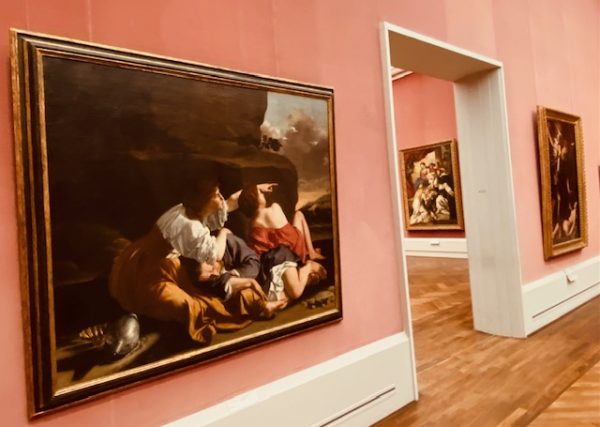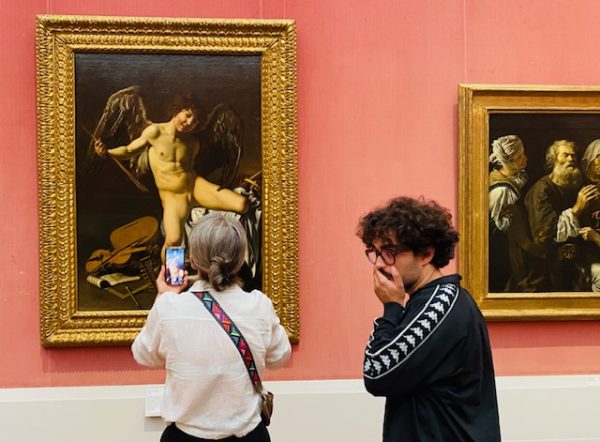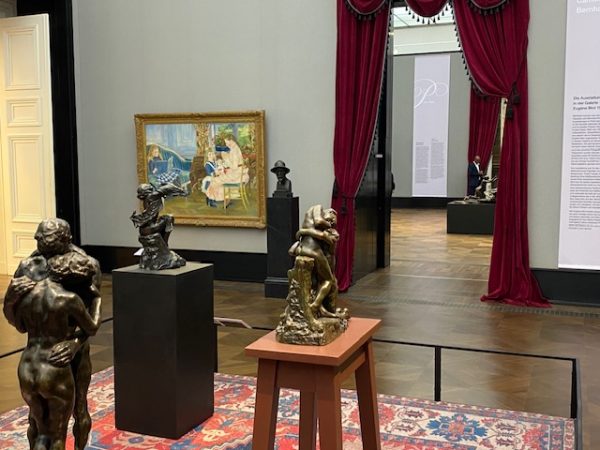Since more than 2.000 years the art of movement and dance has fascinated people and artists. Early statues from Italy, which are exposed in the museum of the Bibliothèque nationale de France (BNF, see image below) testify to this. This form of art has been practiced within Europe and much beyond Europe as well. The human body in motion needs specific preparations and training to reach the levels of artistic performance. Similar to other art forms the skills have to be experienced and learned before you start to play with movements as a form of freedom of expression. Dance is not only a form of expression and identification of groups or generations, but also a discipline of rigor and body care. The fascination of human bodies in motion rather than the ballet of robots or drones, catches our emotions. Even recent songs do not hesitate to make this the central topic of a chanson. (J’aime comment tu bouge, by Claude Bégin)
